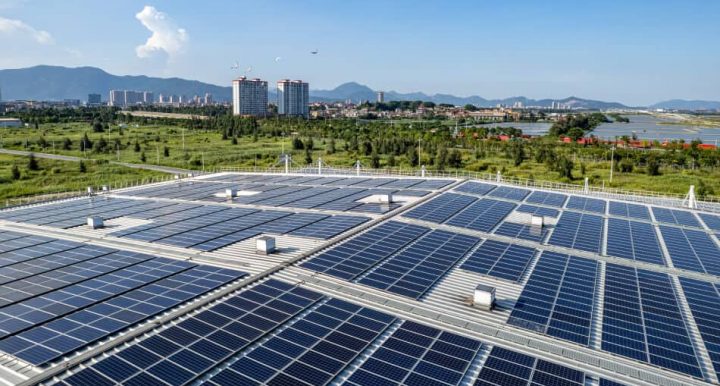In a previous blog, we looked at a Day in the Life of the future energy landscape and narrated a high-level view of a single operational day in which we saw full cooperation and interconnection between the utility, an aggregator, the ISO, thermal generation resources, and distributed resources (both load-based and generation-based). All these resources were orchestrated by the ISO to meet the energy needs of the grid.
“This energy ecosystem can be viewed as a series of layers, each containing its own value drivers, interconnectivity, business models, and even regulatory regimes.”
The Residential layer is the consolidation of hundreds of residential customers’ solar installations along with EV charging, storage systems, and demand response devices into “virtual power plants,” which are presented to the local utility by the aggregator as a single, controllable resource. Several of these consolidated assets could be participating in a single utility’s service area, which is itself operating within the regional grid. These customers benefit from participation through bill credits, outright payments, or technology rebates.
The Commercial/Industrial customer layer is composed of the connection of building management systems, larger scale storage and solar, backup generators, fleet EV charging modules, controllable loads, and combined heat and power systems into larger, more sophisticated virtual power plants. These could be under the control of the local utility system or presented directly to the grid as a distribution resource by an industrial DER aggregator. These customers have the option of selling their demand response/distributed energy capacity directly to the wholesale market, to an intermediary such as a utility or power trader or using the capacity to reduce demand charges.
Regional utility networks and municipal service territories represent a commercial and operational layer that coordinates the lower layers but also contributes to the safe, reliable, and efficient regional grid. These layers operate under reliability and governance regulations that vary state to state, but in general provide the infrastructure for energy flow, resource deployment, and market settlement.
The regional grid balances supply and demand across large geographic areas, utilizing security constrained economic dispatch to ensure the lowest overall costs are achieved, within the reliability constraints of the system. These entities are usually not commercial in nature, rather serve as a balancing and reliability authority as well as a market operator. This layer is itself interconnected with other regional grids, with their own concentric layers of operations and communications.
Summary
Some of these entities are private, some public, and some simply individual customers. The key takeaway is the need to visualize these relationships as mutually dependent functions, all of which need to operate efficiently to drive the best performance of the grid. Some commonality exists among the players, but it’s important to acknowledge the different business drivers at work. Innovation and creativity will be key in promoting the transition from where we are today towards this goal.






